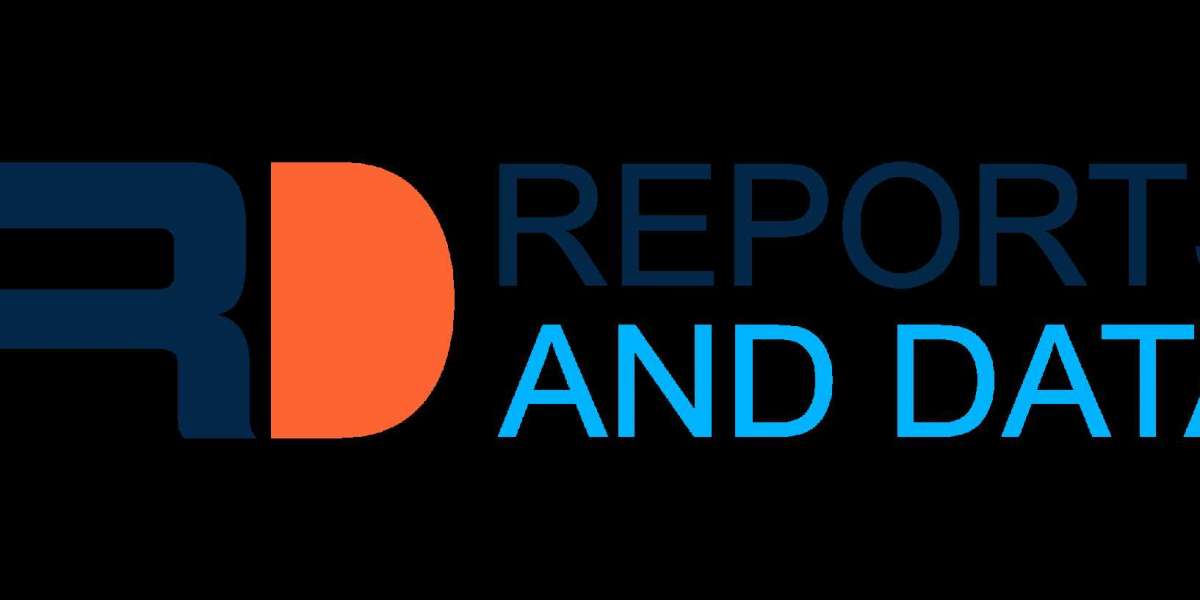ChatGPT is a language model developed by OpenAI. It is based on the GPT (Generative Pre-trained Transformer) architecture, specifically the GPT-3.5 variant. GPT-3.5 is an advanced version of the model, trained on a vast amount of text data to understand and generate human-like responses in natural language.
The model has been trained using unsupervised learning, which means it learns from patterns in the data without specific task-based instructions. It can understand and generate text, making it a powerful tool for various conversational applications.
ChatGPT excels at generating coherent and contextually relevant responses. It has been trained on diverse sources such as books, websites, and articles, enabling it to have a broad knowledge base on a wide range of topics. However, it's important to note that the model's training was completed before September 2021, so its knowledge is up to that point.
To use ChatGPT, users can input prompts or questions, and the model generates responses based on its understanding of the input and the context provided. It aims to provide informative and helpful replies, though it may occasionally produce inaccurate or nonsensical answers.
While ChatGPT is a powerful conversational AI, it's essential to be mindful of its limitations. It may not always have access to the most up-to-date information, and its responses should be verified for accuracy. It's advisable to use critical thinking and consult reliable sources when seeking specific or sensitive information.
Their are some additional details about ChatGPT:
1. Training: ChatGPT is trained using a technique called unsupervised learning, where it learns from a vast amount of text data. It leverages a transformer architecture, which allows it to model long-range dependencies and capture complex language patterns. The training process involves predicting the next word in a sentence given the preceding context, enabling the model to understand and generate coherent text.
2. Scale and Parameters: GPT-3.5, the architecture behind ChatGPT, is a large-scale model with a massive number of parameters. The GPT-3.5 model has 175 billion parameters, making it one of the largest language models created to date. This scale contributes to its ability to generate high-quality and contextually appropriate responses.
3. Fine-Tuning: After the initial pre-training, ChatGPT may undergo further fine-tuning on specific datasets or tasks to improve its performance in particular domains. Fine-tuning allows the model to adapt to specific use cases, making it more effective for specialized applications.
4. Ethical Use and Guidelines: OpenAI has implemented certain safety measures and guidelines in the development and deployment of ChatGPT. These measures aim to mitigate potential risks and ensure responsible use of the model. OpenAI emphasizes the importance of avoiding biased behavior, being transparent about AI-generated content, and actively seeking user feedback to identify and address any shortcomings or concerns.
5. Continuous Improvement: OpenAI continually works to improve and refine its language models based on user feedback and evolving research. They gather user input to identify biases, improve default behavior, and enhance system performance.
6. OpenAI API: OpenAI provides an API (Application Programming Interface) that allows developers to integrate ChatGPT into their applications, products, or services. The API provides a convenient way to interact with the model, enabling developers to harness its capabilities in various contexts.
It's worth noting that the specific technical details and training methodologies used in ChatGPT may be proprietary to OpenAI, but the model's capabilities and general functionality are publicly available for use by developers and users.







